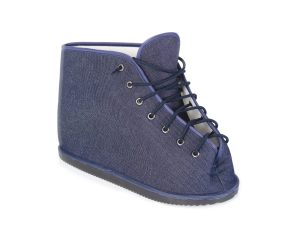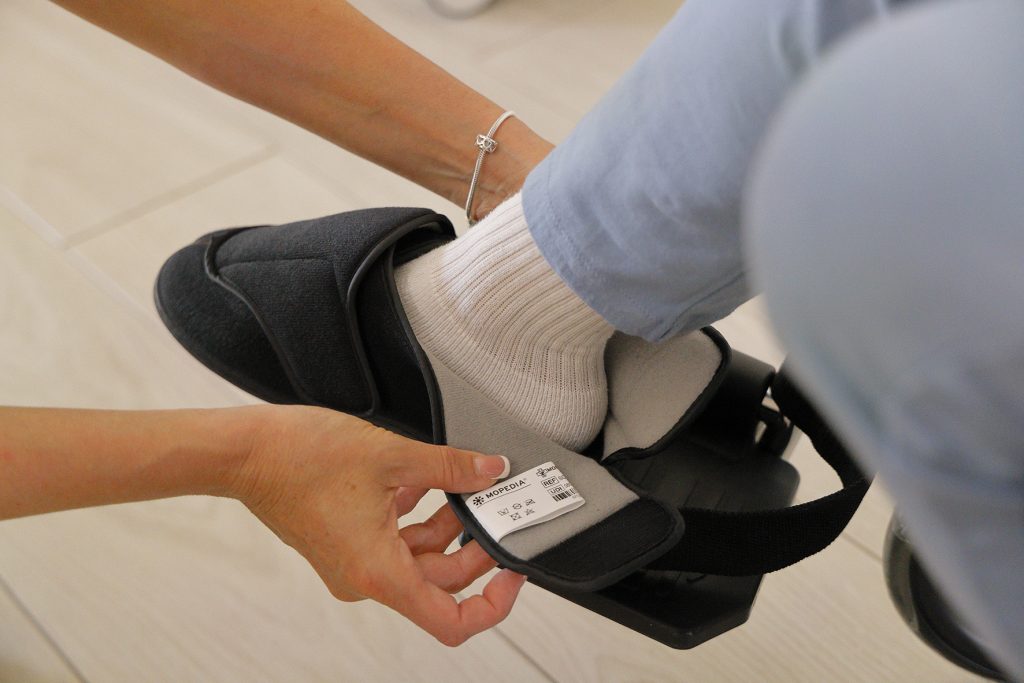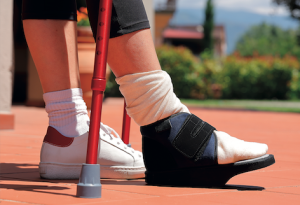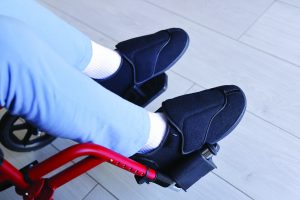7,200 is the average number of steps taken daily by Italians, placing them among the world’s main walkers, with a figure that is well above the world average of 5,300 steps, corresponding with around 4 km.
We can take these steps if we look after the health of our feet, which we often neglect or force into shoes that are uncomfortable or chosen solely on the basis of how they look.
Orthopaedic shoes are available for people who want to look after their feet, preventing the onset of pathologies or painful conditions, or for anyone who needs a specific solution to temporary or long-term problems.
Orthopaedic shoes are, in turn, divided into a wide range of types based on when they are to be used, their features and their capacity to solve problems. They are a valid means of primary prevention, i.e. protecting the health of the feet before a condition or disorder occurs and develops in people at risk, or secondary prevention, i.e taking action on an existing pathology, thus avoiding the development of symptoms that could cause discomfort to the patient.
The new range of Mopedia orthopaedic shoes is notable for the presence of physiological and post-operative footwear and plaster cast shoes. Let us look at the details.
Physiological footwear
These are shoes that respect the physiological characteristics of the feet, enveloping and pampering them thanks to their adaptability and breathability. Their shape allows the weight and pressure of the body to be redistributed across the entire sole of the foot, making every step lighter.
They are particularly suitable for rehabilitation or in the case of bunions, hammer toes, metatarsal pain, vascular diseases, rheumatic and diabetic feet, and have a supporting and padded heel, a flexible or semi-rigid sole, a soft fabric lining and covered inner stitching to avoid friction or rubbing points.
They can also be adapted for application of an insole or be open at the front or back.
Post-operative footwear
These are shoes designed specifically to facilitate a safe return to proper functioning of the foot. They are stable and comfortable and offer a specific solution in the case of fractures, surgery on the forefoot, diabetic or rheumatic feet.
Their features differ in the various models, in response to the specific needs of the feet, and they can have, for example, a semi-rigid sole that allows a slight flexing of the metatarsal part to take the step, or a rigid or rocker-bottomed one.
The sole thus prevents the foot from flexing or receiving excess weight that causes damage to the metatarsal bones and toes.
Plaster cast shoes
 Plaster cast shoes are specifically designed to protect the plaster cast, with a water barrier effect. They are comfortable to wear, breathable, non-slip and ambidextrous, with a high edge.
Plaster cast shoes are specifically designed to protect the plaster cast, with a water barrier effect. They are comfortable to wear, breathable, non-slip and ambidextrous, with a high edge.














